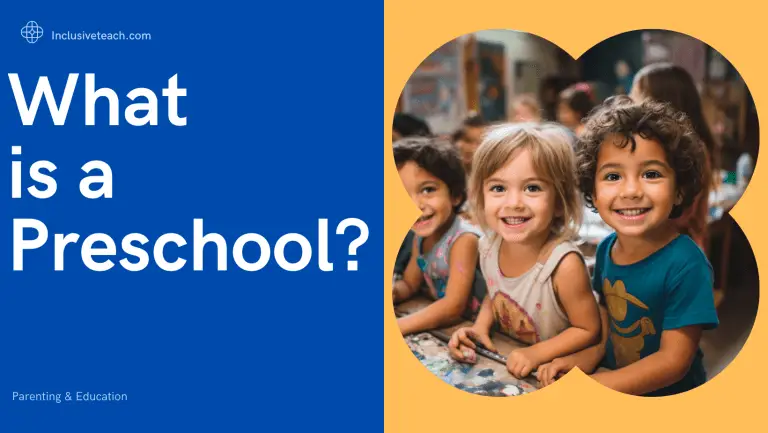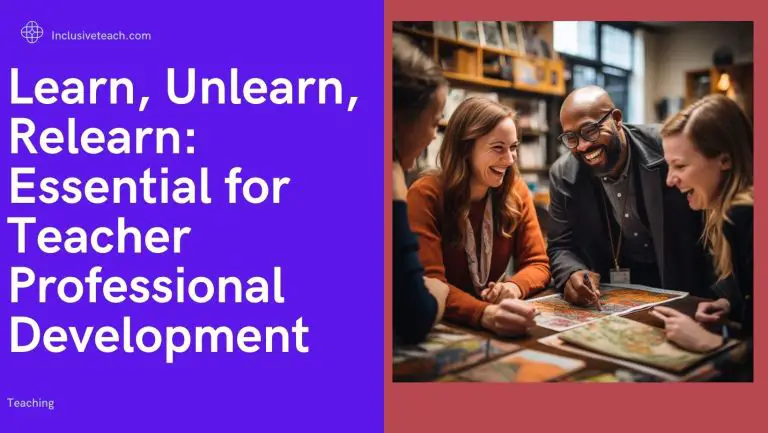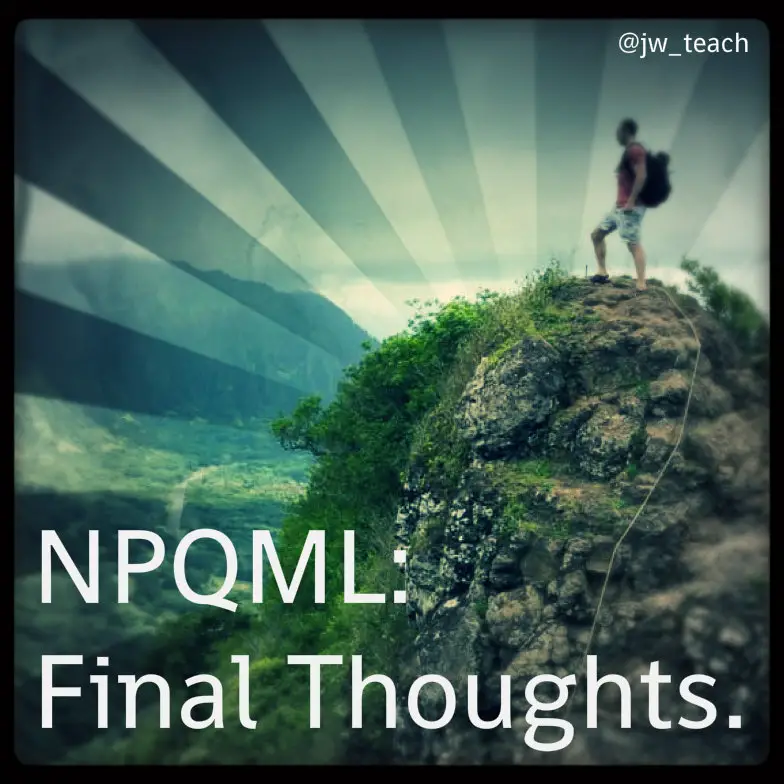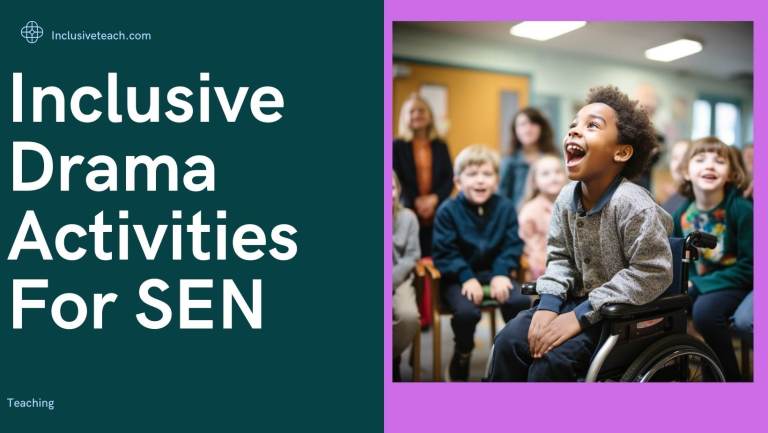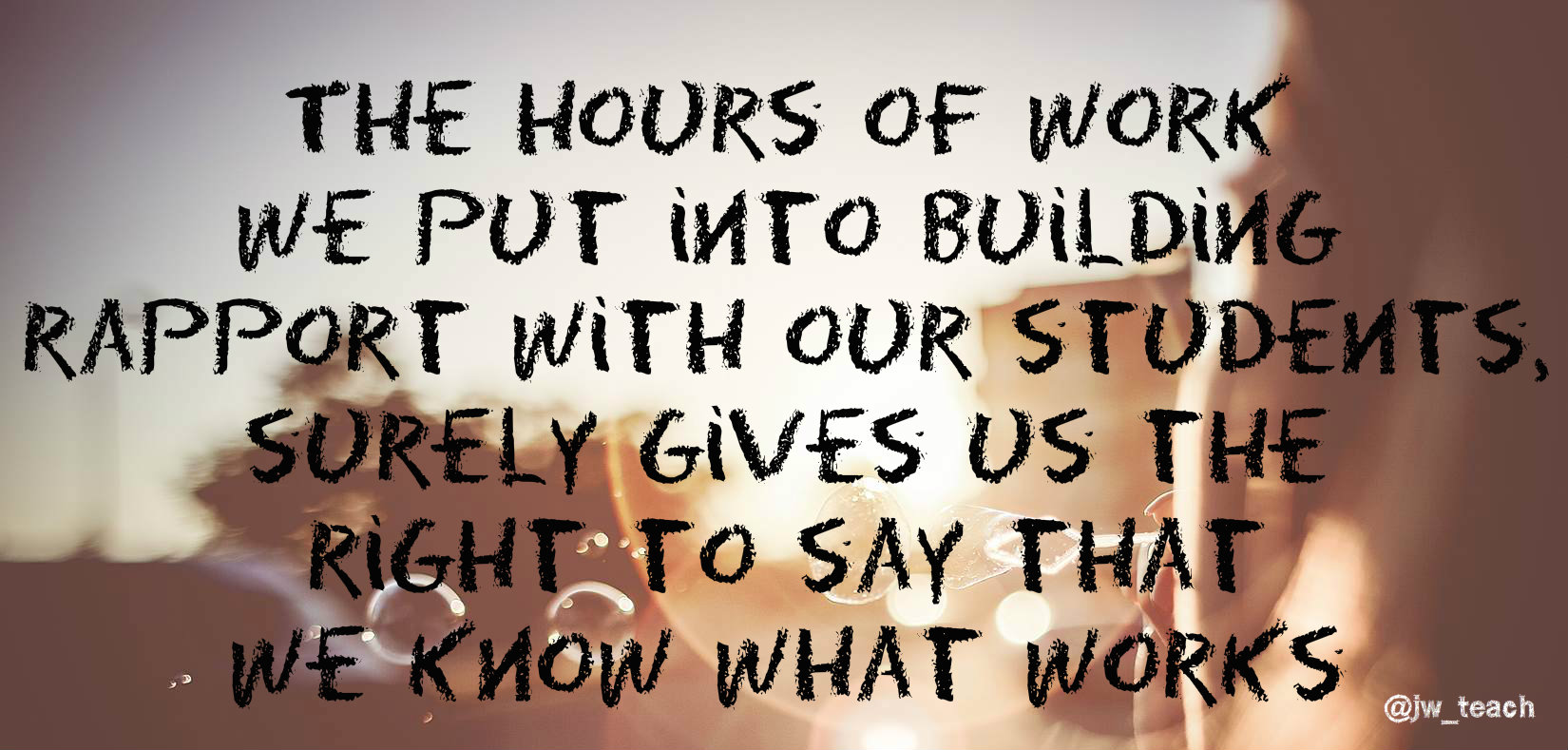An Effective Self-Introduction for a Teacher Interview
A Comprehensive Guide to Writing an Effective Self-Introduction for a Teacher Interview
When interviewing for a teaching position, you’ll likely be asked to introduce yourself at some point in the process. While this may seem like a simple question, writing an impactful self-introduction requires thought and preparation. In this comprehensive guide, we’ll explore numerous examples and templates for self-introductions tailored specifically for teacher interviews. We’ll also provide best practices for structuring your response. By the end, you’ll feel confident showcasing your credentials and experience in a memorable yet natural way.
How The Self-Introduction Links to “Tell Me About Yourself”
The question “Tell me about yourself” gives interviewees an open-ended opportunity to share what they feel is most relevant. It’s important to carefully consider what information interviewers want to learn about you, By incorporating these elements into your response using a logical structure flow, you can directly address what the interviewers aim to uncover about your suitability for the role. Here are some keywords and phrases that hiring committees/Interview panels are looking for when posing this question:
- Professional background
- Educational qualifications
- Teaching Philosophy
- Experience working with students
- Subject specialisations
- Classroom management approach
- Contributions to extracurricular programs
- Professional development and areas of expertise
- Passion and dedication for teaching
Structuring an Effective Self-Introduction
When planning your introduction at the beginning of a teaching interview, structure it in a logical sequence that flows naturally from one point to the next. Here is a framework you can use as a template:
Greeting and Introduction
Start with a friendly greeting and clearly state your name. For example:
“Good afternoon, my name is Jane Smith.”
Relevant Education and Experience
Concisely outline your educational background and any teaching roles or related work experience that qualify you for the position.
Teaching Philosophy
Briefly articulate your core beliefs about child-centred learning and what inspires your passion for the career.
Contributions to Students’ Growth
Highlight one or two of your achievements or strengths that have positively impacted students.
Personal Note
End on a personable note by mentioning an interest, value or aspiration beyond your career.
Concluding Statement
Thank the interviewers and reiterate your enthusiasm for the role and school.
By structuring your self-introduction in this logical framework, you enable the interviewers to efficiently gather the most salient details about your background and suitability for the position.
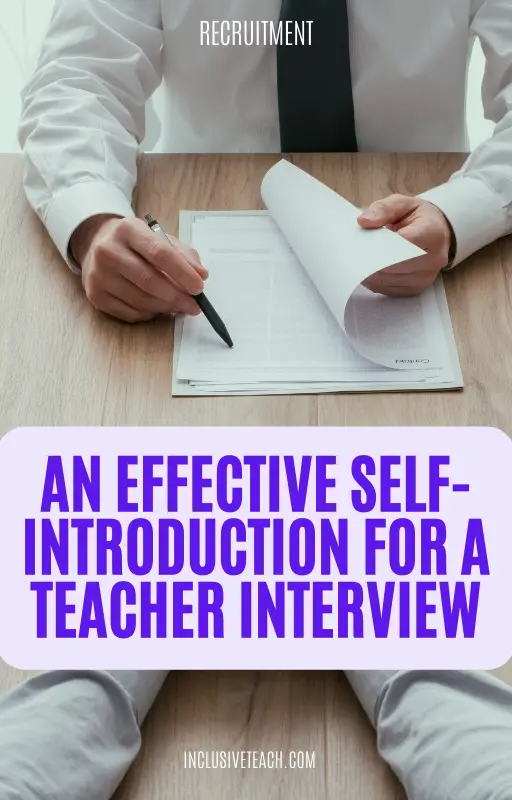
Self-Introduction Scripts
Here are three sample self-introductions for your teacher interview
Sample Answer 1
“Good afternoon, my name is John Smith. I earned my Bachelor’s Degree in Secondary English Education from the University of Southampton, where I was exposed to research-based teaching methods. Currently, I work as a substitute teacher, gaining experience across subject areas and grade levels. My passion lies in fostering students’ love of literature and cultivating critical thinking. I’m keen to join a team with a focus on innovative pedagogy and meeting each learner’s needs. Thank you for the opportunity – I’m eager to discuss how I can contribute to your school’s mission.”
Sample Answer 2
“Hello, I’m Emma Clark. With qualifications in Primary Education and Special Educational Needs from Goldsmiths, University of London, I’ve supported diverse learners for three years. From nurturing foundational skills to
Sample Answer 3
“Good afternoon, my name is Michael Johnson. I bring over a decade of teaching experience in the subjects of Physics, Chemistry, and STEM. Currently, I work as the Head of Science at The Cavendish School, where I led several successful curriculum reform initiatives. My dedication lies in inspiring students’ curiosity through hands-on, project-based learning. I possess a Master’s in Educational Leadership from the University of Westminster. Thank you for your time – I’m keen to discuss leadership opportunities within your innovative programs.”
Directly answering what interviewers aim to learn about your background through these sample scripts allows you to connect professionally yet personally.
Additional Interview Points for an Impactful Self-Introduction
Beyond the core components, consider incorporating these additional elements to complement your teacher interview self-introduction:
- Connect to the School’s Vision
- Relate your strengths, experiences or goals back to the school’s mission and values to demonstrate fit.
- Highlight Relevant Accomplishments
- Mention one or two professional achievements like awards, published works or impactful projects.
- Showcase Expertise and Passions
- Explain your subject specialisations, special projects or hobbies in a way that intrigues listeners.
- Highlight Positive Teacher Qualities
- Remind listeners of your passion, patience, creativity or other strengths through real examples.
- Express Commitment to Growth
- Convey your dedication to evolving practices through continuous professional learning.
- Exude Enthusiasm and Approachability
- Smile, make eye contact and speak confidently yet sincerely to engage listeners.
- Keep it Positive and Solution-Focused
- Avoid mentioning challenges, instead focus on accomplishments and goals.
- Leave Time for Questions
- Keep your introduction concise by prioritising key points yet leaving space for discussion.
With practice tailoring these additional elements to your background, self-introductions become comprehensive yet personable discussions highlighting your qualifications and fit.
Crafting Your Conclusion
Your introduction should wrap up concisely while leaving an impression and opening the conversation. Try concluding your self-introduction statement with something like:
“I appreciate you taking the time today to learn about my background and goals. Please let me know if there’s any other information I can provide as you consider candidates. I’m eager to discuss how my skills and experience can support students here at [School Name].”
Or
“Thank you for the opportunity to share more about myself. I’m looking forward to continuing our discussion about how I may contribute to [School/Department Name’s] mission. If there’s any way I can further prepare to impress upon our shared vision, please don’t hesitate to let me know.”
Wrapping positively yet briefly leaves space for dialogue and ensures your desire to secure the teaching position shines through. Practice several closing statements to sign off your introduction conversationally yet professionally.

